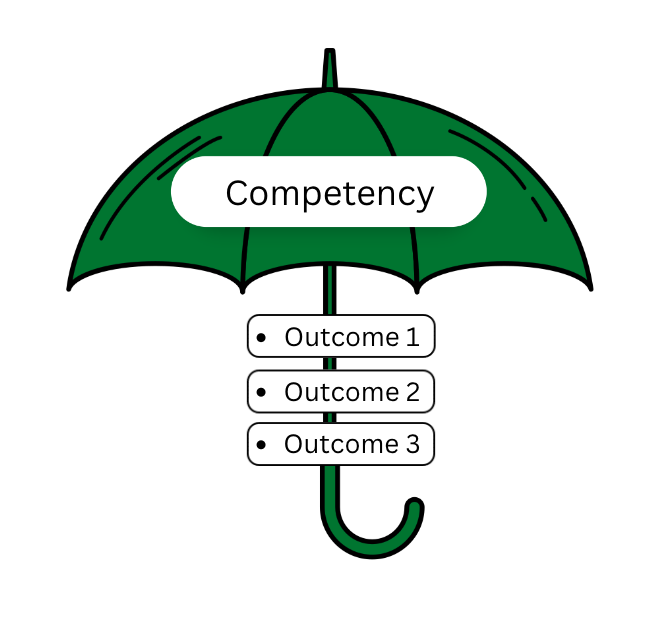Tips to Start Internationalizing Your Teaching
This week is International Education Week. It’s a great time to be thinking about how to encourage global citizenship among your students and how to make your course welcoming for international students. We can play a key role in providing the type of education the world needs, especially in a time of increased nationalism and political division. Internationalizing your course is not just about having some international course content. It is about the alignment between your beliefs, how you facilitate, and how you instruct so students learn to embrace diversity of perspective and experience. Once you know you want to help students embrace global diversity, the next step is to consider how to align your course outcomes, content, learning activities, and assessment.
My learning outcomes: Overtly identity the thinking skills that support internationalization in your course outcomes. Here are some examples:
- Discuss the development of ______________ in Canada and ___________.
- Defend ___________ using ___________ cultural perspective.
- Evaluate the impact of _______ on _______ in three diverse parts of the world.
- Analyze international trends in _______________.
My content: Note paces where you might included a more global perspective.
- Readings
- Examples and professional practices
- References
- Videos
My learning activities: Consider instructional approaches that best facilitate learning of international students and global thinking in local ones.
- Model effective language skills and visualization (language learning)
- Create collaborative groups with local and international students (cultural awareness)
- Use discursive (talking and power sharing) strategies
- Use inductive strategies (knowledge construction strategies for students)
- Use technologies that support creation and collaboration
My assessment strategies: Think about what to do to help assessment criteria be clear and focused on a more global perspective.
- Students know the assessment criteria in advance (i.e. a rubric) and have seen samples
- Assessment requires students to self-assess development of international perspectives against criteria
- Assessment requires students to write or speak for different audiences, sometimes local and sometimes international, Indigenous, or cross-cultural
